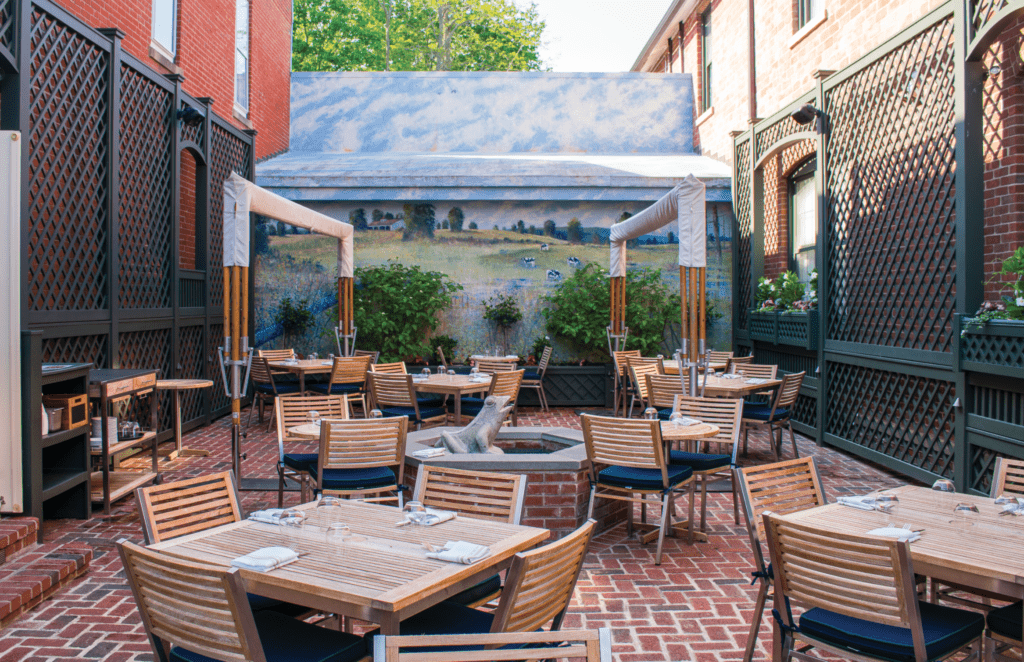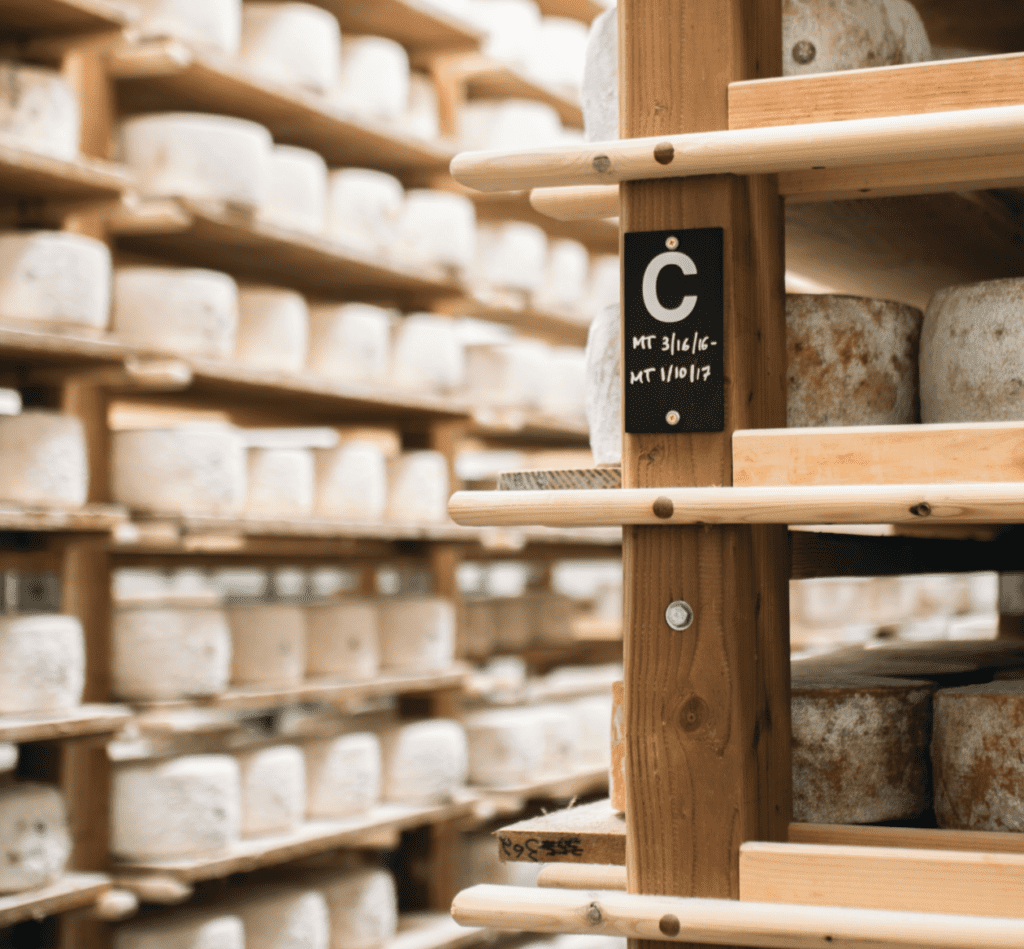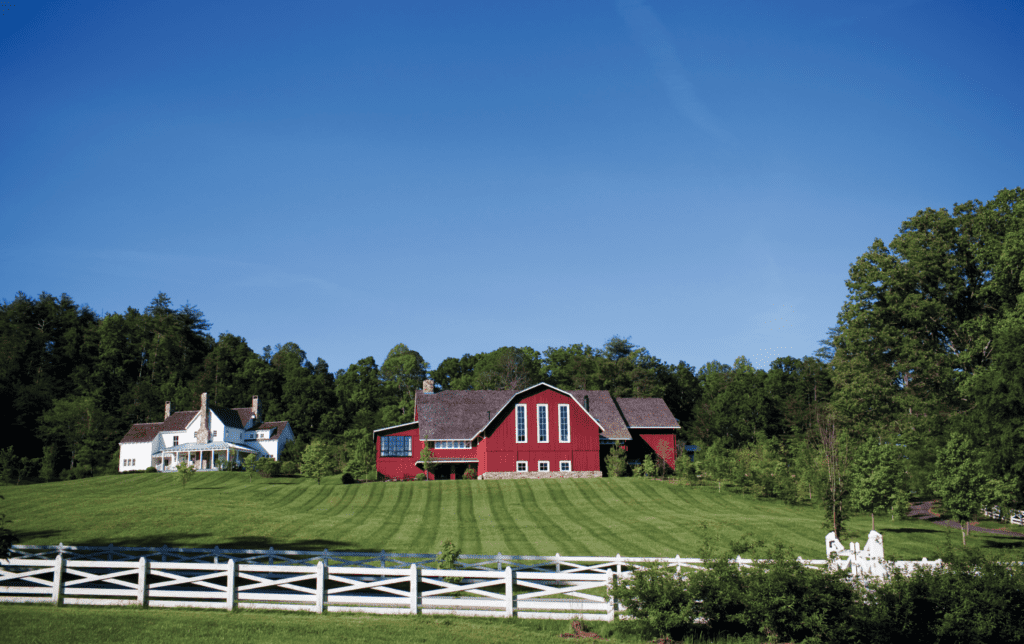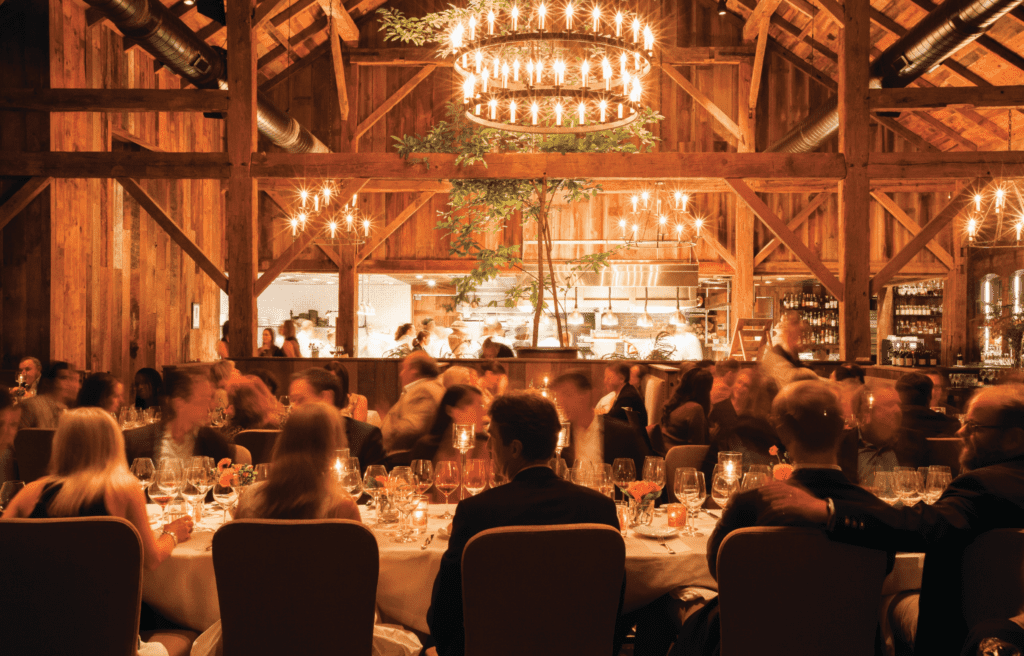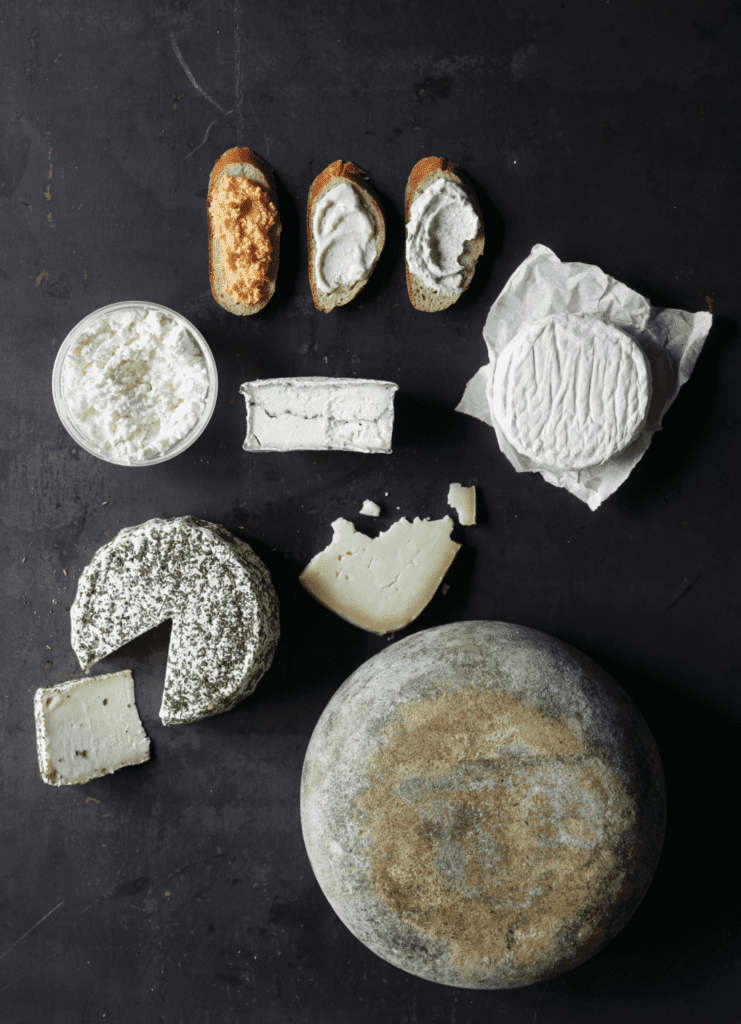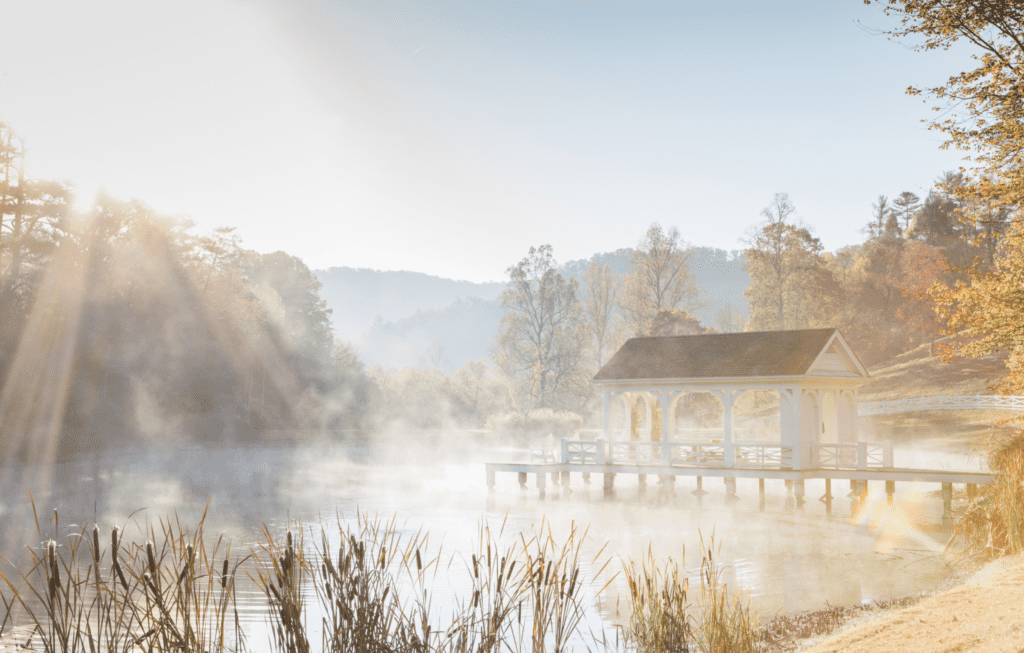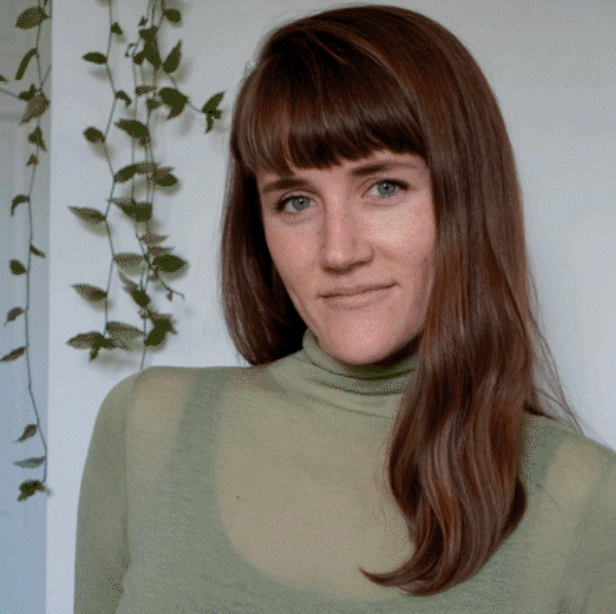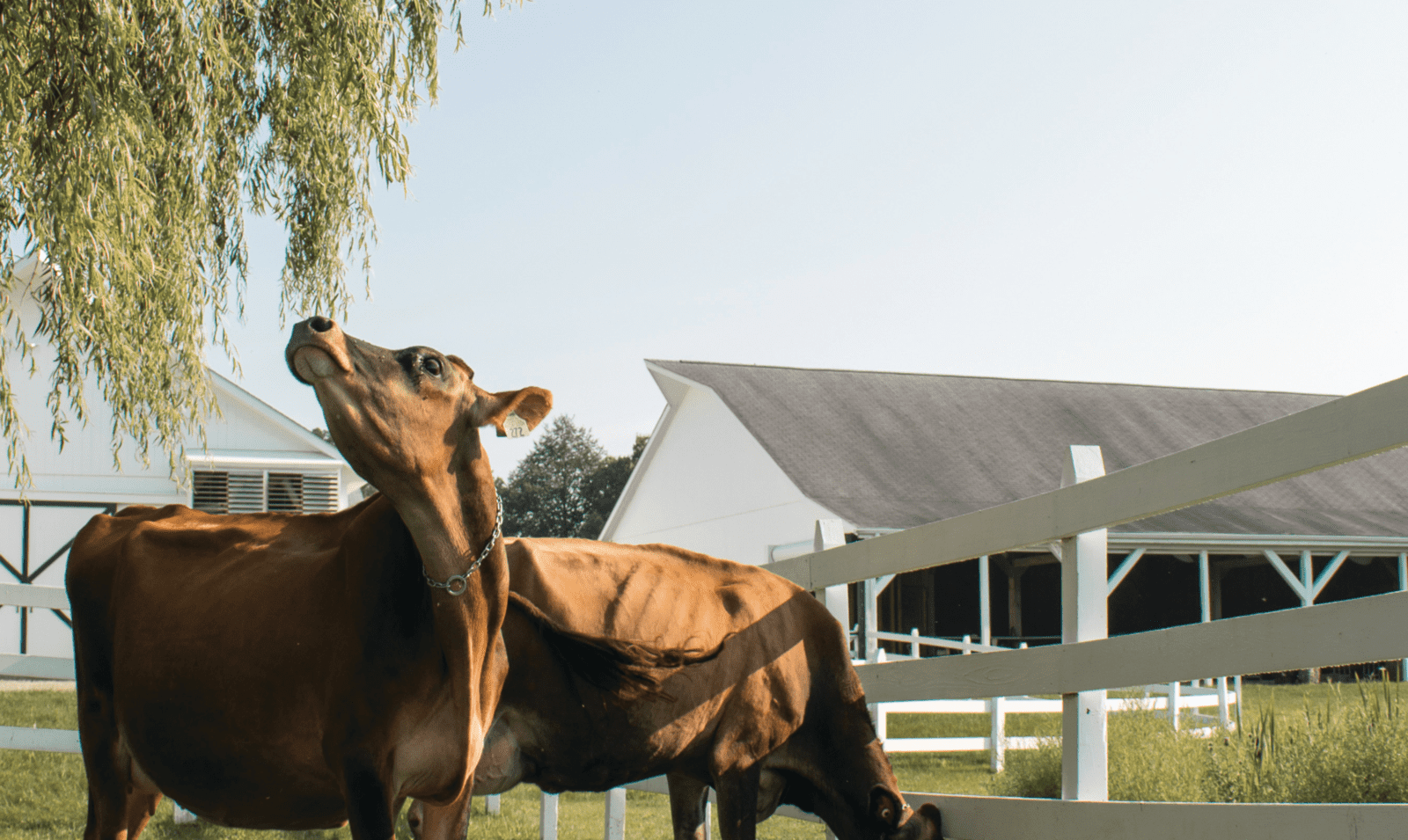
When you enter Bantam, Connecticut, you feel the presence of Arethusa Farm immediately. Just past the town’s welcome sign, a trio of red brick buildings flanks the main road. Each is labeled with a classic black-and-white sign announcing its name in gothic font—Arethusa a mano, Arethusa al tavolo, Arethusa Farm Dairy—with a brass cowbell hanging alongside. On busy weekend mornings, a line forms outside the cafe (amano), while the restaurant (al tavolo) is always booked solid, even for lunch.
Inside the dairy, you can buy ice cream by the scoop alongside wedges of artisan cheeses like colonial-style cheddar or oozy borderline-indecent camembert. Past the scoop counter, a large glass picture window reveals a 30-by-50-foot back room containing a butter churn, yogurt culturing vat, nine-head bottle filler, and ice cream maker. Taking in waffle cone aromas or perhaps a lingering pancake-breakfast smell from a batch of just-made maple walnut ice cream, you can watch the magic of Arethusa happen through that window—or at least some of it. Their cheeses are made upstairs and aged around the corner, while the award-winning cows responsible for the milk for all this dairy live just down the road, in exceptionally clean white barns bearing the gothic Arethusa logo.
“Our motto is, ‘Milk like it used to taste,’ and the aesthetic of our buildings tends to mirror that approach,” says Anthony Yurgaitis, who co-owns Arethusa with his husband, George Malkemus. Yurgaitis grew up nearby and met Malkemus in the New York fashion scene in the 1970s. The two ran the Manolo Blahnik shoe brand (of Sex and the City fame) for many years, and now work with Sarah Jessica Parker on her shoe line. They had no intention of becoming farmers, but when the land in front of their Connecticut country home went up for development, protecting its farming history meant buying it—and working it. Yurgaitis and Malkemus started with 10 cows in 1999 and now have over 300, in addition to two creameries and a restaurant, cafe, greenhouse, farm stand, and farm tour program.
“What makes this business unique is we’re trying to offer a little bit of everything,” says Matt Benham, one of Arethusa’s cheesemakers.
Their open-door model is novel, but not singular. It’s part of a growing trend of farms offering tours and tastings to educate the public, draw in business, and make the process a destination in itself. With major milk producers like Dean Foods filing for bankruptcy and US sales of non-dairy milks rising over 20 percent between 2015 and 2019, small farmers are keeping their businesses viable by drawing attention to (and, hopefully, adding value to) the old-fashioned way.
Preserving History
This value bump is what Vivien Straus had in mind when she created the California Cheese Trail Map in 2010. She grew upon her parents’ dairy farm in the Tomales Bay, surrounded by cheesemakers like Point Reyes Farmstead Cheese Company, Redwood Hills, and Marin French Cheese; Vivien’s mother often made quark with Sue Conley of neighboring Cowgirl Creamery. It was this family of dairy folks Vivien sought to sustain by drawing tourism to California’s cheese-dense regions.
“I had a meeting [about creating the map] at my house and I couldn’t believe it, every nonprofit and every cheesemaker showed up,” she says. At that point, very few of the makers were open to the public; now about 50 of the state’s 70 cheesemakers have a tour or retail shop. “Somebody told me their retail sales went up 25 percent and I thought, Oh my god, this is gonna work! Now I know some cheesemakers [who] tell me 80 percent of their business comes from it,” she says.
“We get many visitors from the Cheese Trail Map,” Conley says of Cowgirl’s original Point Reyes Station location. “In the early days, visitors came to see the National Seashore and the abundance of natural beauty, [now they] add delicious cheese and local food destinations to the itinerary.”
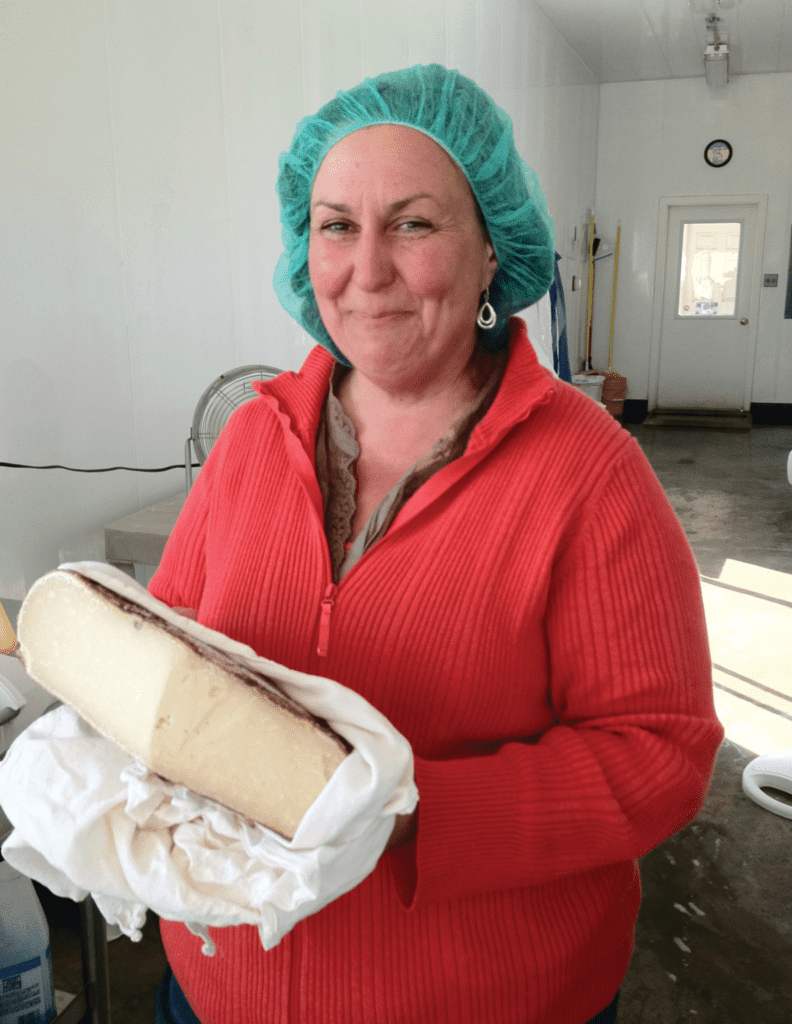
Donna Pacheco of Achadinha Cheese, a stop on the California Cheese Trail
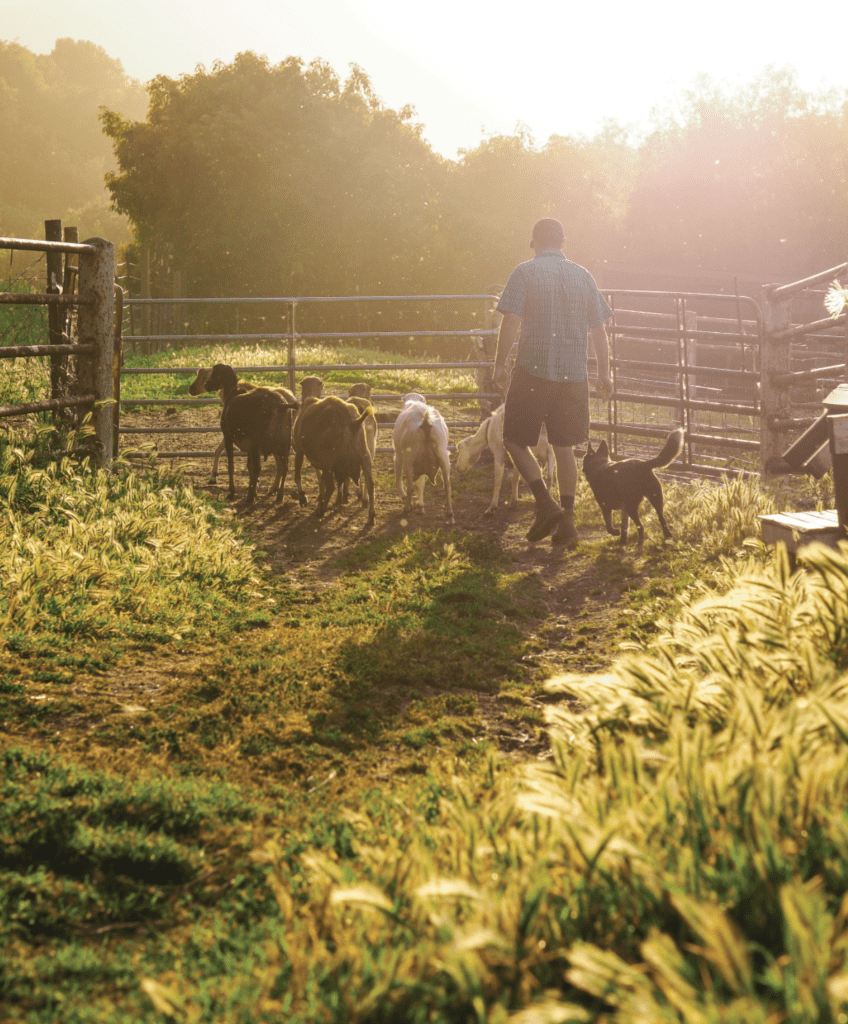
Goats at Stepladder Creamery, a stop on the California Cheese Trail
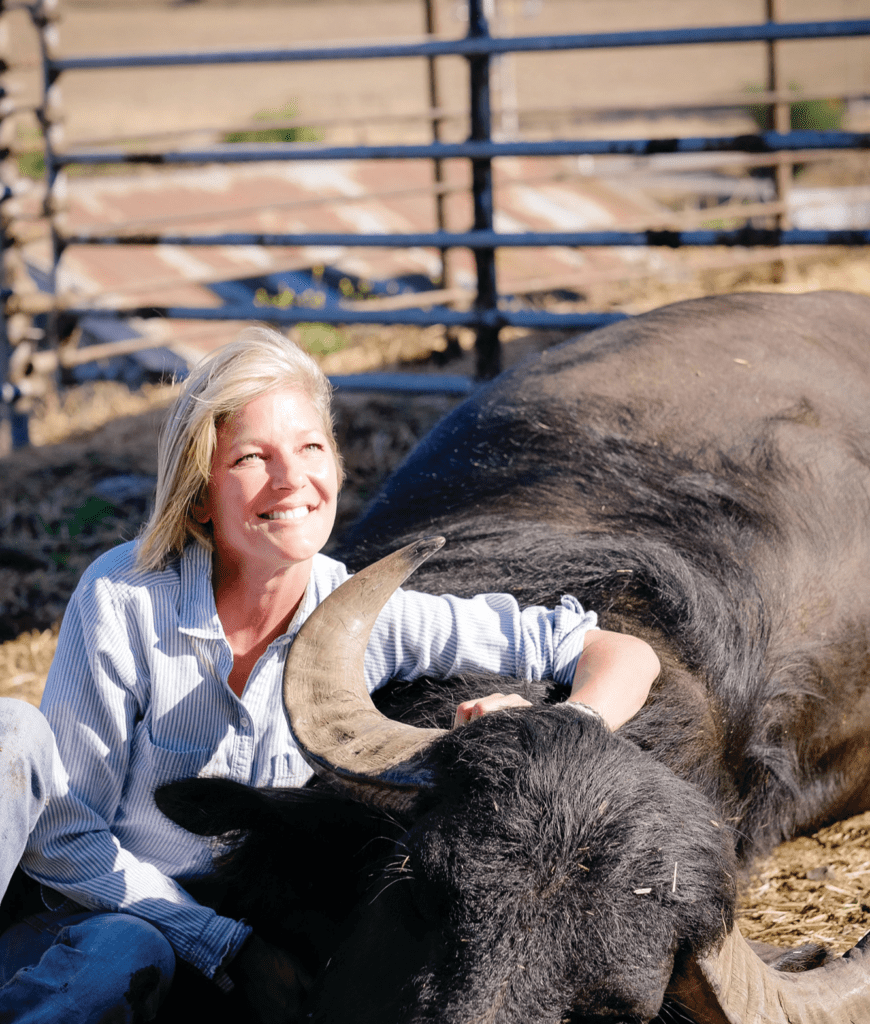
Audrey Hitchcock, owner of Ramini Mozzarella, a stop on the California Cheese Trail
When Vivien’s parents, Bill and Ellen Straus, passed away in the early aughts, their children divided the family land. Vivien’s brother Albert took over the dairy, turning it into the 100% organic Straus Family Creamery, while Vivien and her siblings Miriam and Michael converted their four-bedroom childhood home (one of the oldest in the county) into a rentable estate. Dubbed Straus Home Ranch, the home is surrounded by 166 acres of coastal land filled with grazing heifers, and features a private beach perfect for launching a kayak or taking in a sunset. Vivien and her siblings offer educational tours of the grounds and host an annual event in their renovated barn with the Marin Agricultural Land Trust (co-founded in 1980 by Ellen Straus to protect farmland), showcasing local offerings like beer, oysters, and of course, cheese.
The drive to preserve historic land was part of Malkemus and Yurgaitis’s vision with Arethusa, too. Bantam and neighboring Litchfield (where the cows live) were settled in the 1700s and have charm to spare—the show Gilmore Girls was inspired by this part of Connecticut, and there are antique stores, old churches, and town greens around every corner. Arethusa’s dairy and restaurant occupy buildings that were once the town firehouse and general store, while the farmland itself has been grazed by dairy cows since 1868. “Litchfield is home to some lovely early American architecture, and we’ve enjoyed the opportunity to build upon that aesthetic,” Yurgaitis says.
While preserving the buildings, they’re also adding value to the town itself. With around 140 employees, Arethusa is the second largest employer in Bantam after the school district (to whom they supply milk). Like the Straus Home Ranch, they offer public tours of their pasture, as well as tours of the no-till garden that supplies their restaurants with year-round produce. They even host an annual sale of last season’s sample shoes, the proceeds of which go to agricultural scholarships at the University of Connecticut. Their presence puts Bantam, population 731, on the map.
Remote Access
These destinations don’t always commingle with their surrounding communities, though. One such retreat expressly offers safe haven for those seeking to get away from humanity, in a setting so remote you sometimes forget other people exist at all. That place is Blackberry Farm, an idyllic resort and sheep dairy nestled in eastern Tennessee’s Great Smoky Mountains.
Blackberry Farm can sometimes feel like another planet. To protect visitors’ confidentiality, no one is allowed past the iconic white fence except people staying in their network of cottages and suites. Once inside, guests are treated like royalty—they’re greeted with a snack; welcomed to coffee and tea stations at various locations throughout the property; and urged to roam the grounds however they like—by foot, bike, golf cart, or even carriage. Boxed lunches are available at any time, as are activities such as archery, horseback riding, fly fishing, and wake surfing. There’s a spa, a paintball course, and friendly Lagotto Romagnolo dogs (the kind who hunt truffles) to visit with.
“Guests are encouraged to be a part of the farmstead any way they feel most comfortable,” says farmstead manager Dustin Busby. “We have guests that want to spend more time in the garden or in the creamery…we also have guests that just love seeing the animals as they pass them on their walk or golf cart ride.”
Built in the 1930s as a Chicago businessman’s home away from home, Blackberry Farm wasn’t always this forget-your-troubles getaway. Sandy Beall (founder of the Ruby Tuesday restaurant chain) and his wife Kreis bought it in 1976 to use as their family home, occasionally renting out half a dozen rooms on the property. It was their son, Sam Beall, who sought to share his childhood home with the world by turning it into the adventure hub and foodie escape it is today.
Sam was especially passionate about the East Friesian and Suffolk sheep raised at Blackberry Farm, whose milk is used to make several award-winning cheeses like the beloved spreadable Brebis and ash-ripened Hawkins Haze. “The Bealls, and particularly Sam Beall, loved sheep’s milk cheese,” says Chris Osborne, head cheesemaker at Blackberry Farm. “He wanted to help fill a void in the cheese market here in the US.”
Sam and his wife, Mary Celeste Beall, raised five children on the misty rolling hills, and were planning to expand the business to a nearby mountain when tragedy struck in 2016. Sam, away on a skiing trip, suffered a deadly accident that left Mary Celeste to run the Blackberry empire. Now, she keeps his vision alive by constantly expanding Blackberry Farm’s offerings, making sure that each visitor has the immersive experience Sam had growing up on the lush grounds.
“Sam Beall strived to do things the best way possible,” Busby says. “When you work as hard as they have to create something, it seems silly not to share it.”
Lovers of Blackberry Farm’s sheep’s milk cheeses can now attend the farm’s annual Cheese Geek festival to learn about milking, cheesemaking, and pairings, or take a Farmstead Tasting Tour. The mountain expansion was completed in 2019, and visitors now choose between staying at the farm or on the even more secluded Blackberry Mountain, where guests hike to their accommodations.
Share the Love
Ever smitten with their childhood homes, people like Sam Beall, Vivien Straus, and Anthony Yurgaitis are united in their desire to both preserve the places where they grew up and make them visitor-friendly. By opening their house and surrounding pastures to guests, the Straus siblings were able to generate the income necessary to afford keeping their parents’ land maintained and in the family. Likewise, at Blackberry Farm, the Bealls have kept 4,000+ acres of workable farmland in production by inviting guests to experience and learn from it.
“These businesses allow us to follow our food from the pasture or the seed all the way to the plate,” says Yurgaitis of Arethusa. “[We] want to ensure that through our pasture tours, people get to see and understand the farm as well.”
While introducing consumers to the origins of their favorite foods, these businesses are also giving the dairy industry a bump, putting wind in the sails of rural economies, and ultimately protecting agricultural land. “I’m a farm girl,” Vivien says, explaining her drive to help California cheesemakers. “All I care about is the farms. I just want the farms to keep going.”
Happy Trails
California isn’t the only state with a cheese map—you can find a handy guide to the best makers and tours in many states across the US. Here are a few others to checkout in your travels:
Created by the Vermont Cheese Council, this comprehensive map includes dozens of makers. We recommend a trip during leaf-peeping season!
Another heavy hitter, they had to break this one down into multiple-day eastern and southwestern itineraries.
Massachusetts Wine and Cheese Trail
This one-two punch features 30 wineries and 19 cheesemakers spanning the entire Bay State, from the Cape to the Berkshires.
An informative directory of almost 60 makers, this map spans the entirety of Washington state and includes sheep, goat, and cow dairies.
Idaho Ice Cream and Cheese Trail
Not for the lactose-intolerant, this double whammy provides visitors with a passport they can get stamped at each stop.
This map invites you to explore dairies and farms clustered around Interstate 5, scattered throughout the many national forests of Oregon.


